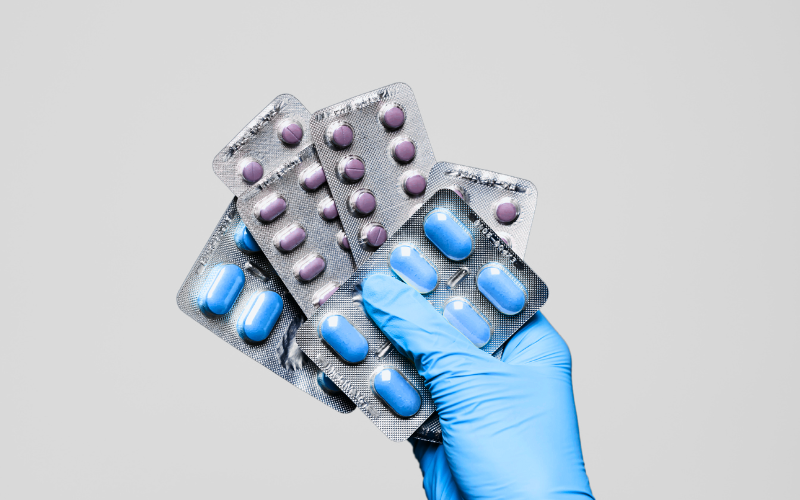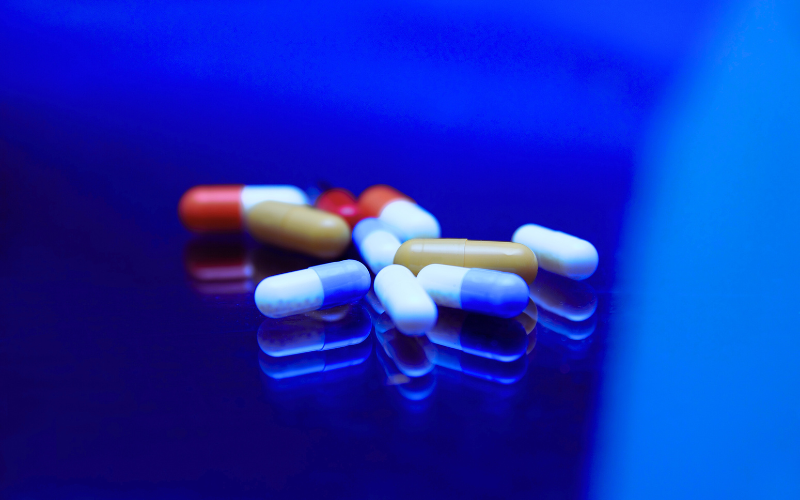Addressing the challenge of airline drug smuggling via body packing
Governments across the world work to stop harmful drugs entering their countries, with border force officials focusing on preventing drugs being smuggled in and reaching the streets. The role of airport security staff is particularly important here, especially as international smuggling gangs frequently use drug mules – often referred to as body packers – to carry illegal drugs inside their bodies on airline flights as a means of avoiding customs detection.
Body packing is an established means of smuggling drugs, first occurring in the early 1970s and becoming more and more prevalent. It’s a form of drug smuggling that specifically involves the swallowing or insertion of drugfilled packs inside the body. Primarily involving cocaine or heroin, the process involves considerable risk for the person involved, particularly due to the risk of acute drug toxicity resulting from a pack splitting or drug seepage.
Body packers typically swallow or insert between 50-100 drug-filled packets weighing around 10g each, concealing them in their intestinal tract. Carrying such large quantities of drugs inside their bodies can clearly lead to serious medical problems, including acute drug toxicity as well as complications such as bowel obstruction, bowel perforation and peritonitis. Unless addressed immediately, these conditions can prove either life-threatening or fatal.
Moving quickly to identify body packers at airports
Body packing is a real concern for airport and border control staff – not just because it is a widespread way of smuggling drugs, but also because of the potentially fatal risk of acute drug toxicity it poses to mules – should a drug packet split or seep internally.
For early body packers the process was highly dangerous, largely due to the failure of packing approaches such as condoms, latex gloves and balloons. Drug mule mortality rates were high, however high-quality latex packaging has now significantly reduced the chance of rupture, and increased the challenge for airport customs officials to identify body packers.
While airport and border control staff are trained to look for some of the indicators of body packing that can result from opioid toxicity – such as depressed mental status, lower respiration rates and constricted pupils, these aren’t always easy to spot. In reality, intelligence proves a key factor in drug mule identification – ideally potential body packers are highlighted before they even have a chance to board a plane. However, if border control staff have intelligence that a drug mule could be arriving on a particular flight, it’s important to have a way of moving quickly to confirm or rule out suspicions before they can pass through border control and enter a country.
Suspected body packers are typically sent to hospital for imaging investigations in order to confirm the presence of drugs in the body. Until now airport customs staff had to rely on traditional body fluid tests such as urine, which typically required specially prepared testing facilities, in order to gather intelligence on whether a passenger might be a drug mule. Urine tests can be costly to administer and take longer to screen potential drug users, making it a complex process for airport staff – and also potentially introducing delays into what could be a critical timeline for body packers.
















